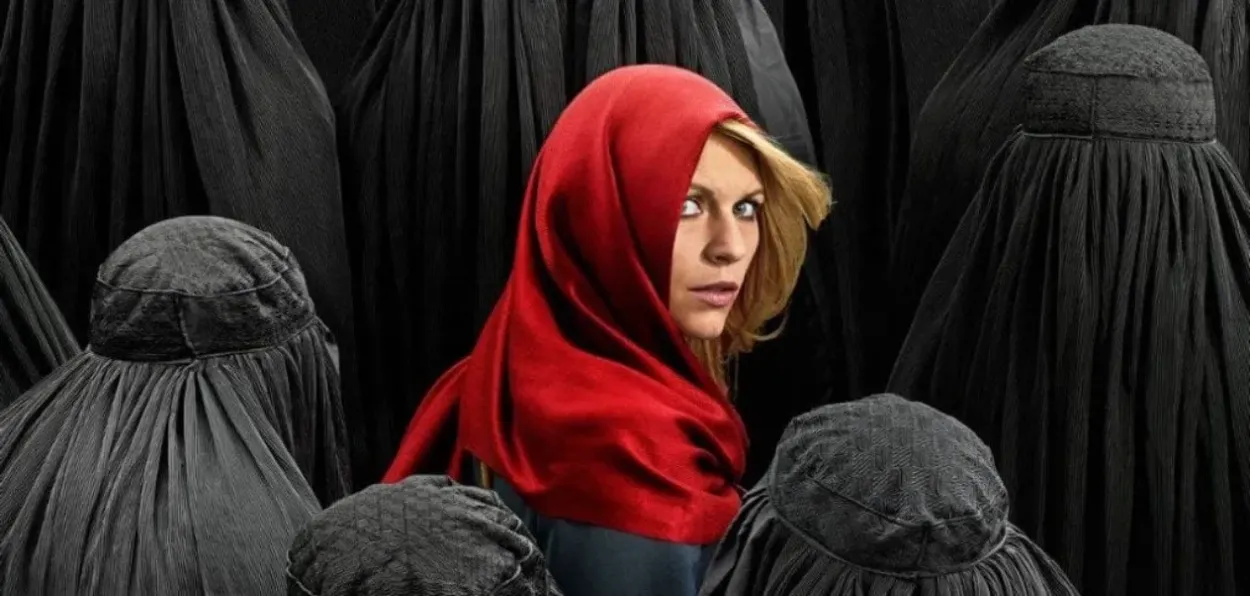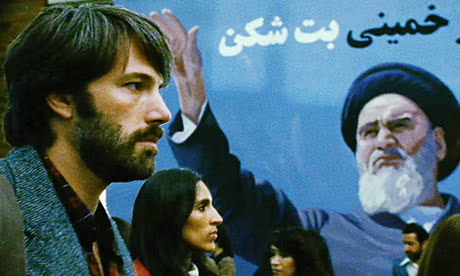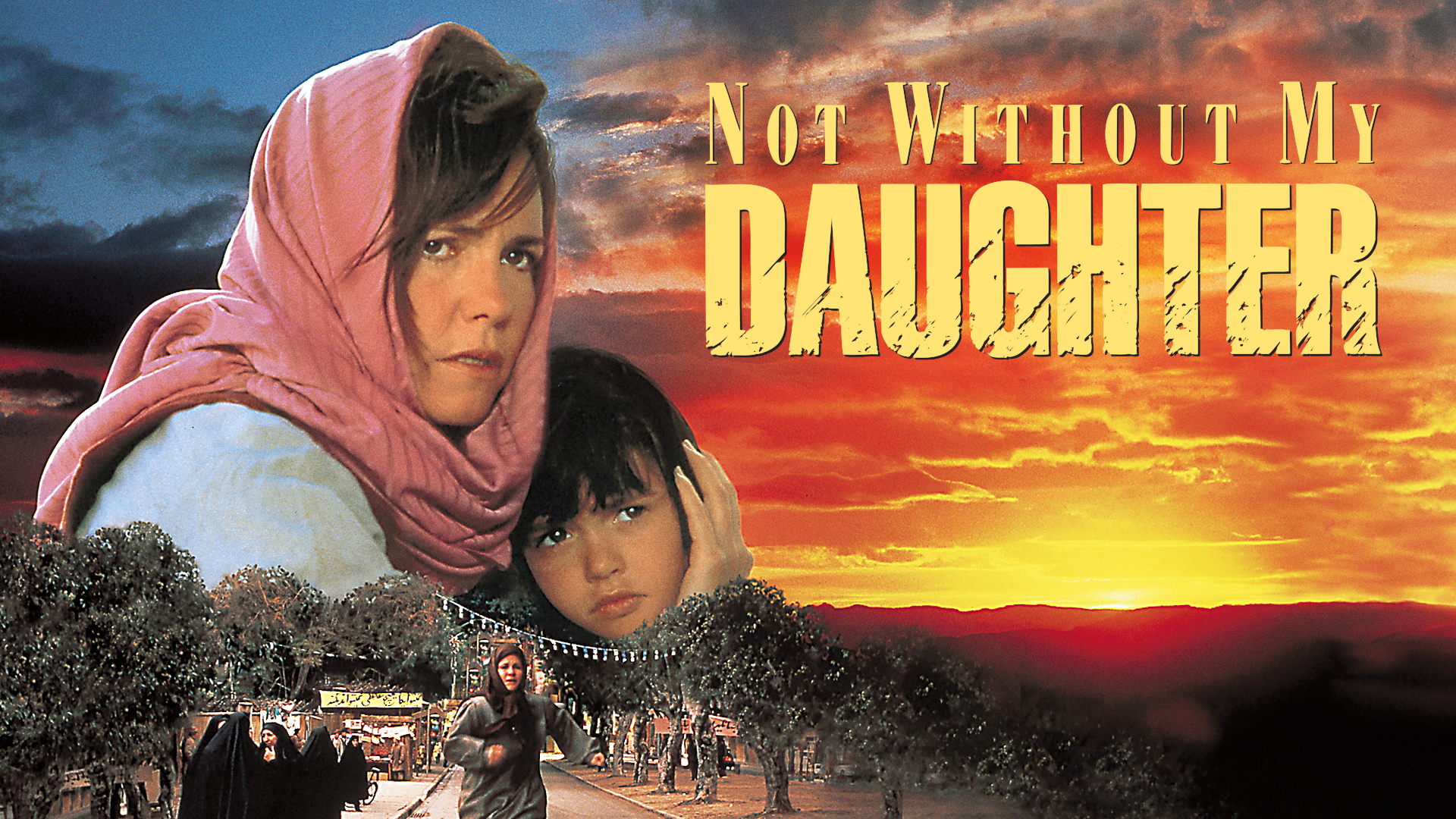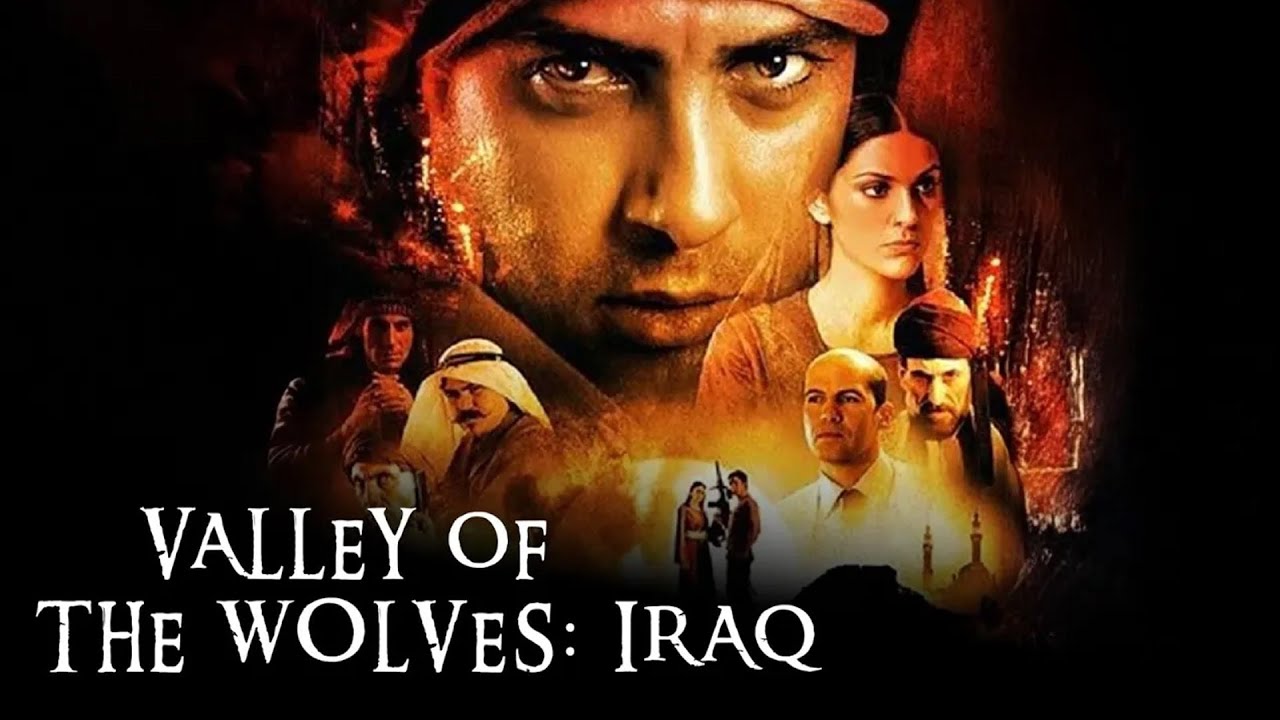
Abdullah Mansoor
In today's globalised world, media and cinema are not only means of entertainment but powerful tools of ideology, politics, and curating public opinion. Especially Hollywood, which is considered the biggest symbol of American soft power, through its films, TV series,, and media narratives, not only promotes American culture and values but also shapes the image of rival countries.
This American weapon is not only limited to Iran but used for all countries that the US or the West considers "enemies" like Russia, China, Cuba, North Korea, Iraq, Afghanistan, etc.
According to Joseph Nye, soft power is the power that prevails through attraction, culture, and ideology, rather than military or economic pressure. Hollywood movies, TV serials, and web series glamorize the American lifestyle, democracy, human rights, and ideals of freedom.
In contrast, ‘enemy’ countries are often presented as symbols of terrorism, radicalism, dictatorship, backwardness, and uncivilized. This is a kind of "culture war" in which Hollywood fights a battle of ideology and perception.

Poster of a movie on Iran's revolution
Iran started to be painted in negative light in the Western media after the Islamic Revolution of 1979 when Iran overthrew the US-friendly regime and established a radical Islamic government, making the country a major threat to the US.
After 9/11, when the US declared a ‘Global War on Terror’, Iran was portrayed as a hub of terrorism and global instability. This image was further reinforced by Hollywood films and TV series, repeatedly portraying Iran as a villainous, backward, fanatic, and intolerant country.
Films like Argo (2012) are prime examples of this imagery. The film is based on the US embassy crisis during the 1979 Iranian Revolution. It portrays Iranians as violent, violent, and a mobocracy.
In the movie, the American and Canadian characters are courageous, intelligent, and humane. In the film, CIA agent Tony Mendez plans to extract six American diplomats from Iran under the guise of a fake Hollywood science-fiction film.
 Poster of another Hollywood Film on Iran
Poster of another Hollywood Film on Iran
Throughout the story, Iranians are portrayed as a dangerous, unstable, and anti-Western society, while the American mission is associated with heroism and morality.
Similarly, TV series such as 'Homeland' deal with themes of terrorism, espionage and Western security, with Iran repeatedly portrayed as a hub of terrorism, a threat to US interests, and a radical center.
Not Without My Daughter (1991) portrays Iranian society as cruel, intolerant and backward towards women. Films such as 'The Stoning of Soraya M.(2008) highlight the atrocities against women in Iran, especially the inhumane practice of stoning to death.
Israeli thriller series such as 'Tehran' (2020) portray Iran as dangerous, cunning and a major threat to Western interests. In all of these films and series, the people of Iran are often depicted as radicals, terrorists or oppressors, without any background or human context. Women are also often portrayed as victims and oppressed.
Films made within Iran also present negative images of its society to the world. These films are praised at international film festivals and heavily promoted by Western media. For example, 'Persepolis' (2007) is an animated film that depicts the 1979 revolution and its aftermath in Iran through the eyes of a young girl.
The film portrays Iran as a symbol of religious fanaticism, restrictions on women's freedom, and suppression of freedom of expression. The Circle (2000) highlights the status of women, social limits, and gender inequality in Iran.
Films such as 'Taxi' (2015) and 'This Is Not a Film' (2011) depict censorship, social inequality, and the limits of freedom of expression. Iranian TV series such as ' Aghazadeh ' (2020) highlight the country's elite class, corruption, and abuse of power.
These films and series highlight the problems, inequalities, and political repression in Iranian society, giving Western audiences the message that living in Iran is difficult, intolerant, and backward.
It is important to make it clear that the suppression of women's rights and gender discrimination in Iranian society is a serious and reprehensible problem, which cannot be supported. In recent years, strict laws on women regarding hijab and lifestyle, lack of political participation, discrimination in matters such as marriage, divorce, and property, and restrictions in public life have continuously increased in Iran, which international human rights organizations have even called 'gender apartheid'.
But it is equally true that similar oppressive policies exist in Saudi Arabia and other Arab countries, where women face similar political, social, and legal discrimination.
Despite this, only Iran is repeatedly presented in a negative light in Hollywood and Western media, while countries like Saudi Arabia rarely have critical films or series made on the West. This makes it clear that one country is specifically targeted. Political, economic, and strategic interests are often hidden behind this.
 Poster of a Hollywood film
Poster of a Hollywood film
The US has often justified military intervention in the name of human rights - such as imposing war on Iraq by falsely accusing it of having "wombs of mass destruction" even when it was later proven that such weapons did not exist.
Behind these wars, there is an active nexus of the American military-industrial system, arms companies and political interests, which benefit from war and instability. That is why it is important that whenever a country is repeatedly targeted in the media and films, the politics and interests behind it should also be understood, and not just any military action should be accepted as justified in the name of human rights.
On this subject, the movie Vice can be seen which is the story of former US Vice President Dick Cheney. Dick Cheney's character is the face of that politics which only makes profits by fooling people in the name of emotions, patriotism and security.
According to the theory of Orientalism, the West has presented Eastern countries as a homogeneous, backward, and uncivilized region, thereby establishing the West's superiority. This view is evident in Hollywood films, where countries such as Iran are portrayed as homogeneous, cruel and fundamentalist.
This approach is not only cultural but also political, distorting the image of Eastern countries to serve American and Western interests. Hollywood films thus engage in a kind of "cultural colonialism" that legitimises Western dominance.
Hollywood movies and TV series are designed to create certain thought and feeling in the minds of the audience. When a country or culture is repeatedly portrayed in a negative light, the audience develops prejudice and fear towards it.
The US government and intelligence agencies also play an active role in this process. Many times they assist in the production of films and make changes in the script so that the narrative is prepared in accordance with American policy. This fulfills American interests in Hollywood films and tarnishes the image of enemy countries.
It is also worth noting that the negative image building by Hollywood and Western media is not limited to Iran alone. The same pattern has been followed with countries like Russia, China, Cuba, North Korea, Iraq, Afghanistan, etc.

Collage of poster of movies with anti-East themes
All these countries have been repeatedly portrayed as villains, anti-human rights, pro-terrorism, or uncivilised in films, TV series and media reports.
Turkish films such as Valley of the Wolves: Iraq " portray the United States as the villain, but such films are often labeled "propaganda" or controversial in Western media, while Hollywood films are described as values-based or truth-based, no matter how much they distort historical facts.
The media is not just limited to films. News channels, newspapers, online portals and social media also create narratives in line with US foreign policy. Research shows that US mainstream media often frames news in line with government policies.
As seen in reporting on the Iraq War, the Syrian crisis, or Iran's nuclear program, media reports tend to highlight negative news about opposing countries, while mistakes by the United States or the West are ignored or justified.
For decades, Hollywood and Western media have portrayed their foreign policy opponents as negative, stereotypical, and villainous. This process is not limited to Hollywood but is also seen in the films of the countries themselves, where self-criticism or social problems are exaggerated on the international stage.
It aims to justify American and Western intervention as moral, necessary, and justifiable while establishing opposing countries as a global threat. This pattern is part of global public opinion formation, cultural imperialism, and perception management that advances American interests and silences opposing countries.
ALSO READ: India could play a role in ending the Israel-Iran conflict
It is important for the audience to look at these films and media narratives critically so that they can differentiate between truth and propaganda.
(The author is a Pasmanda activist)
